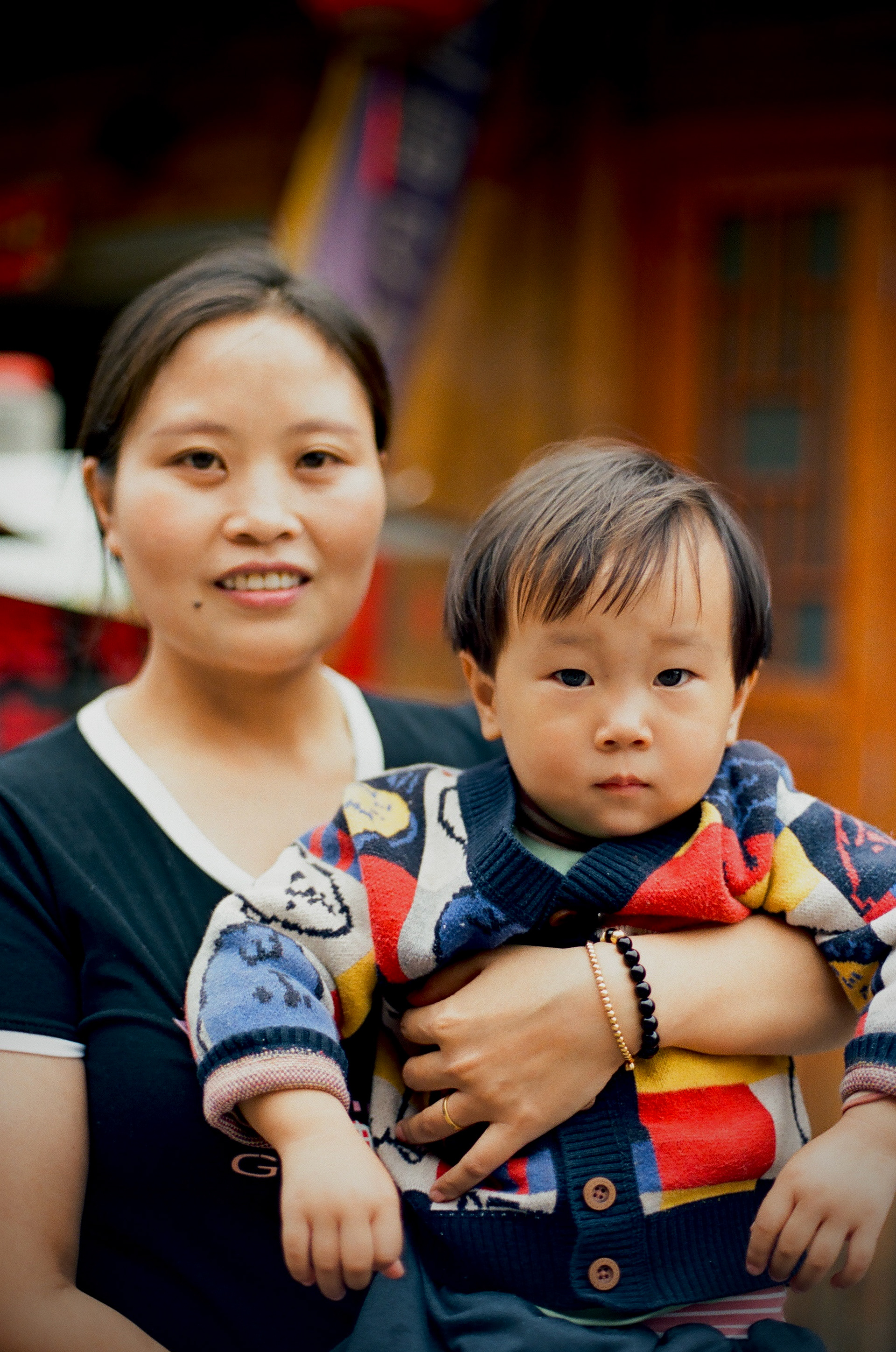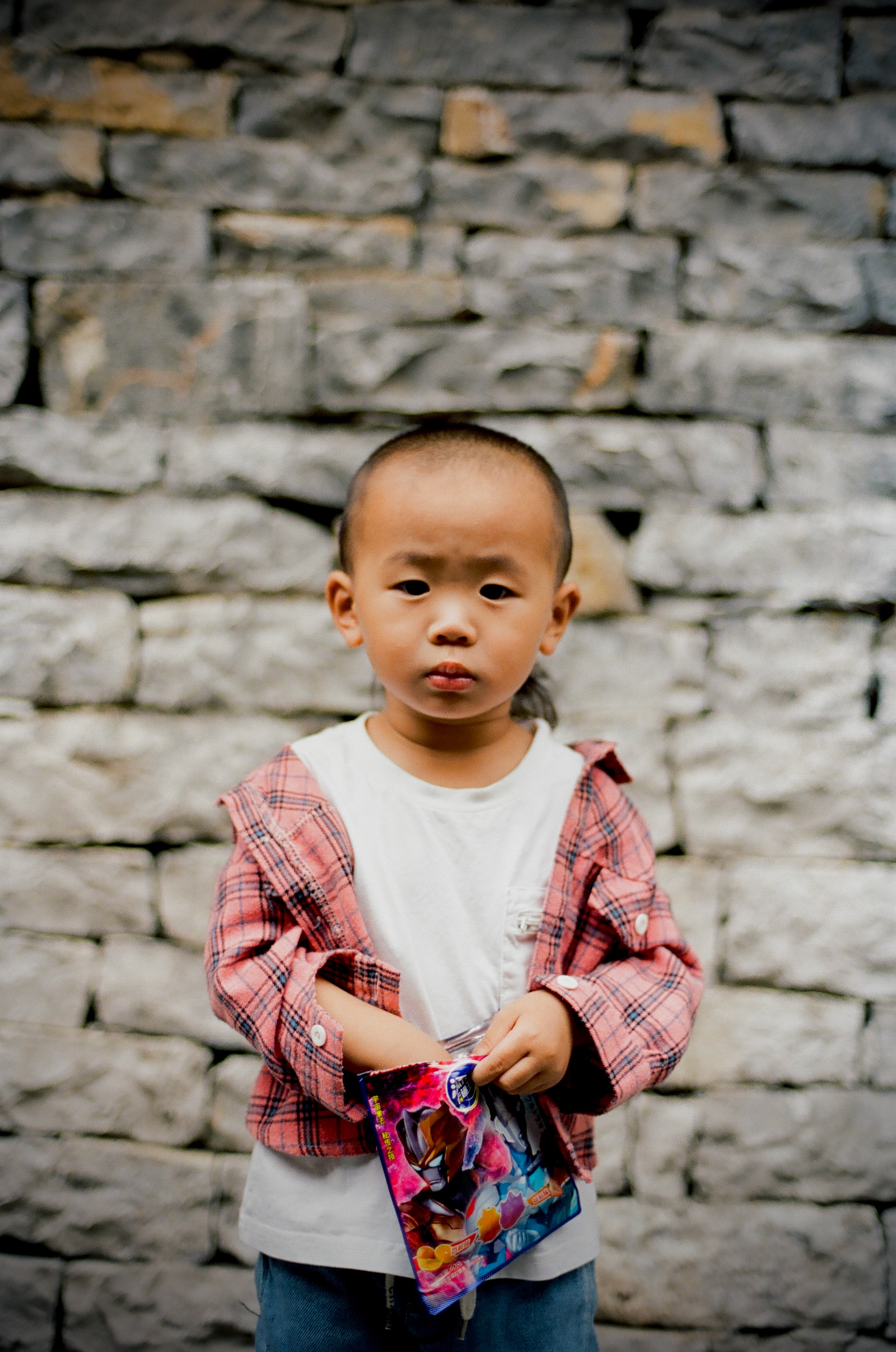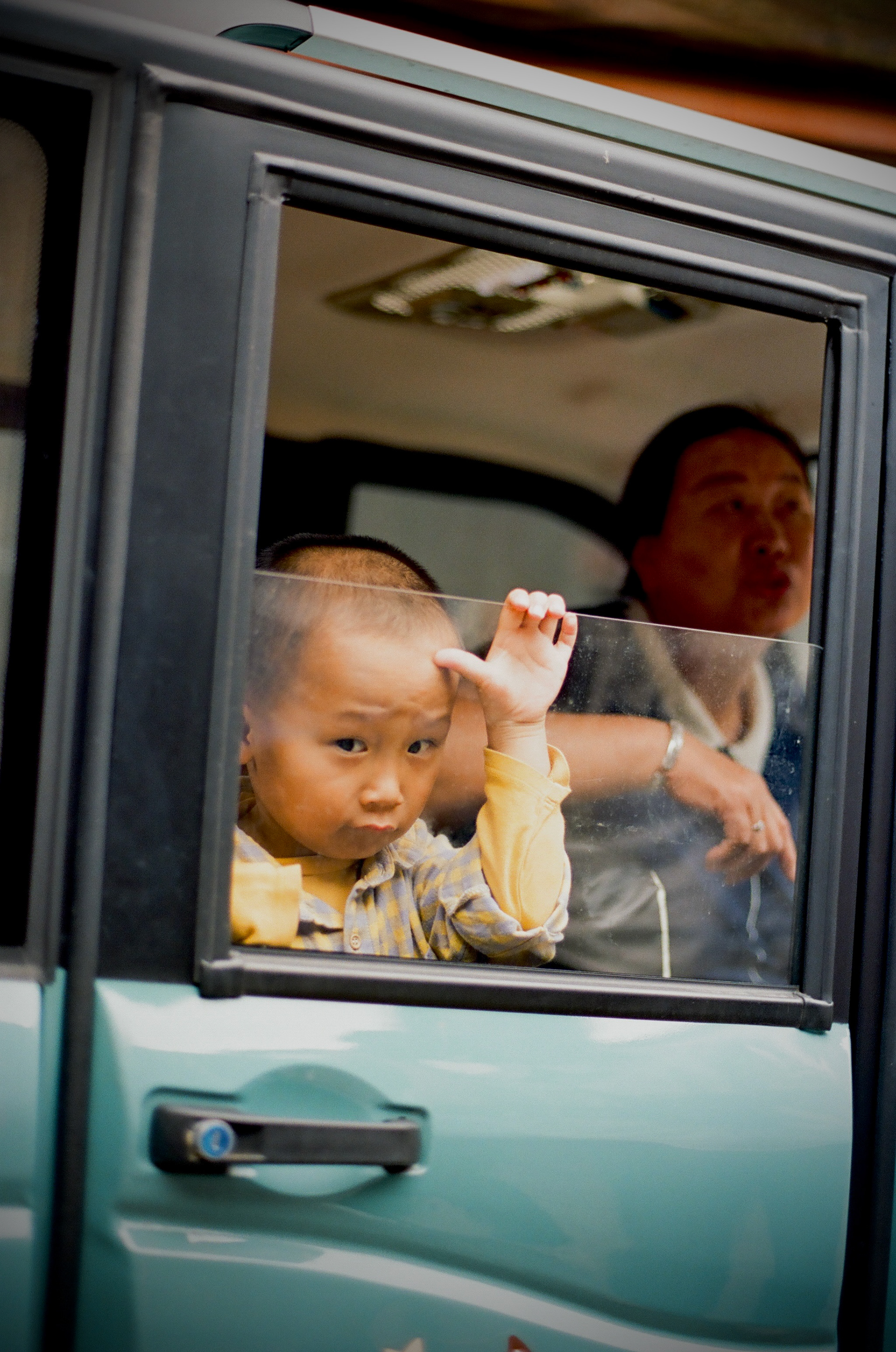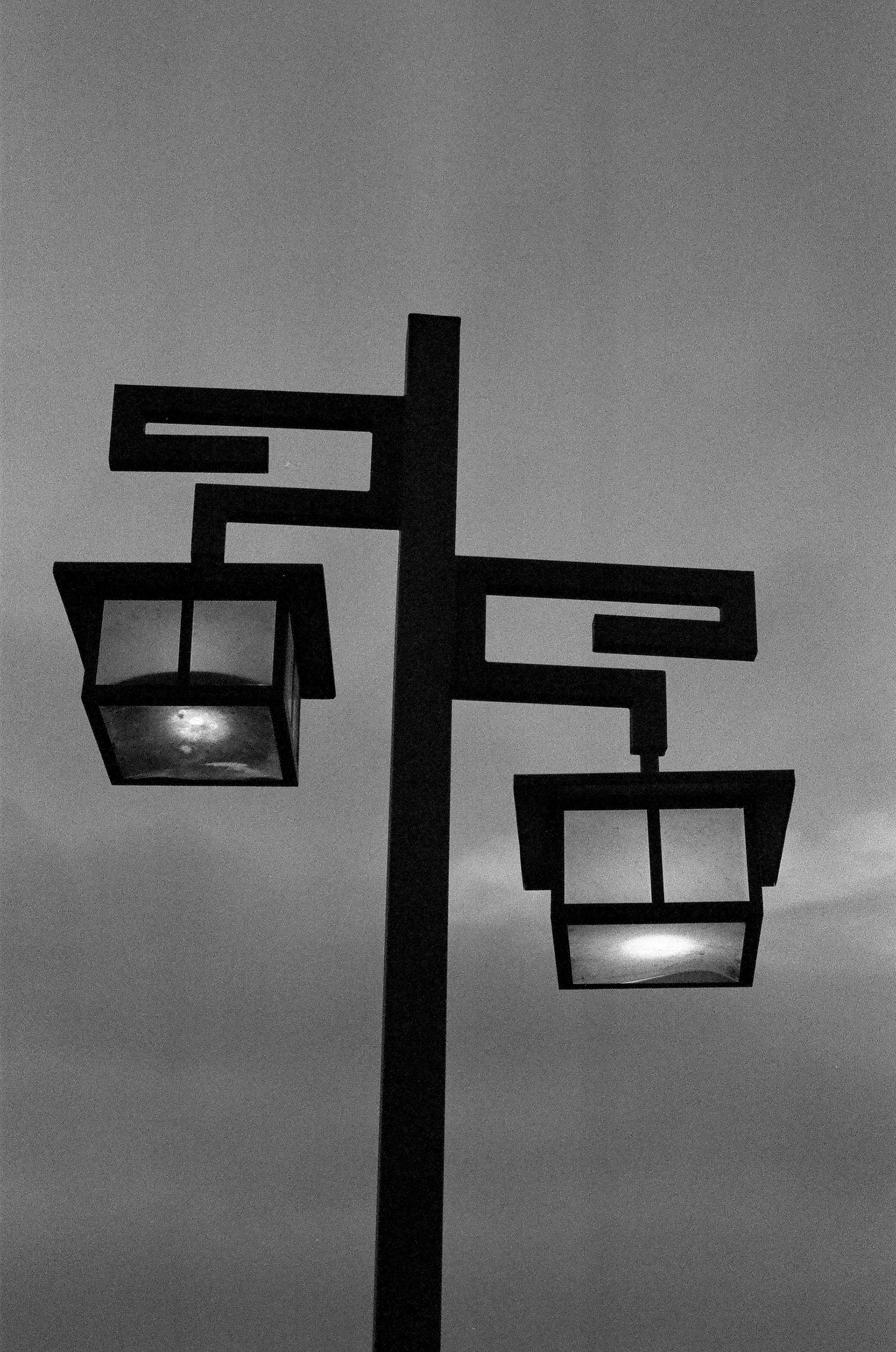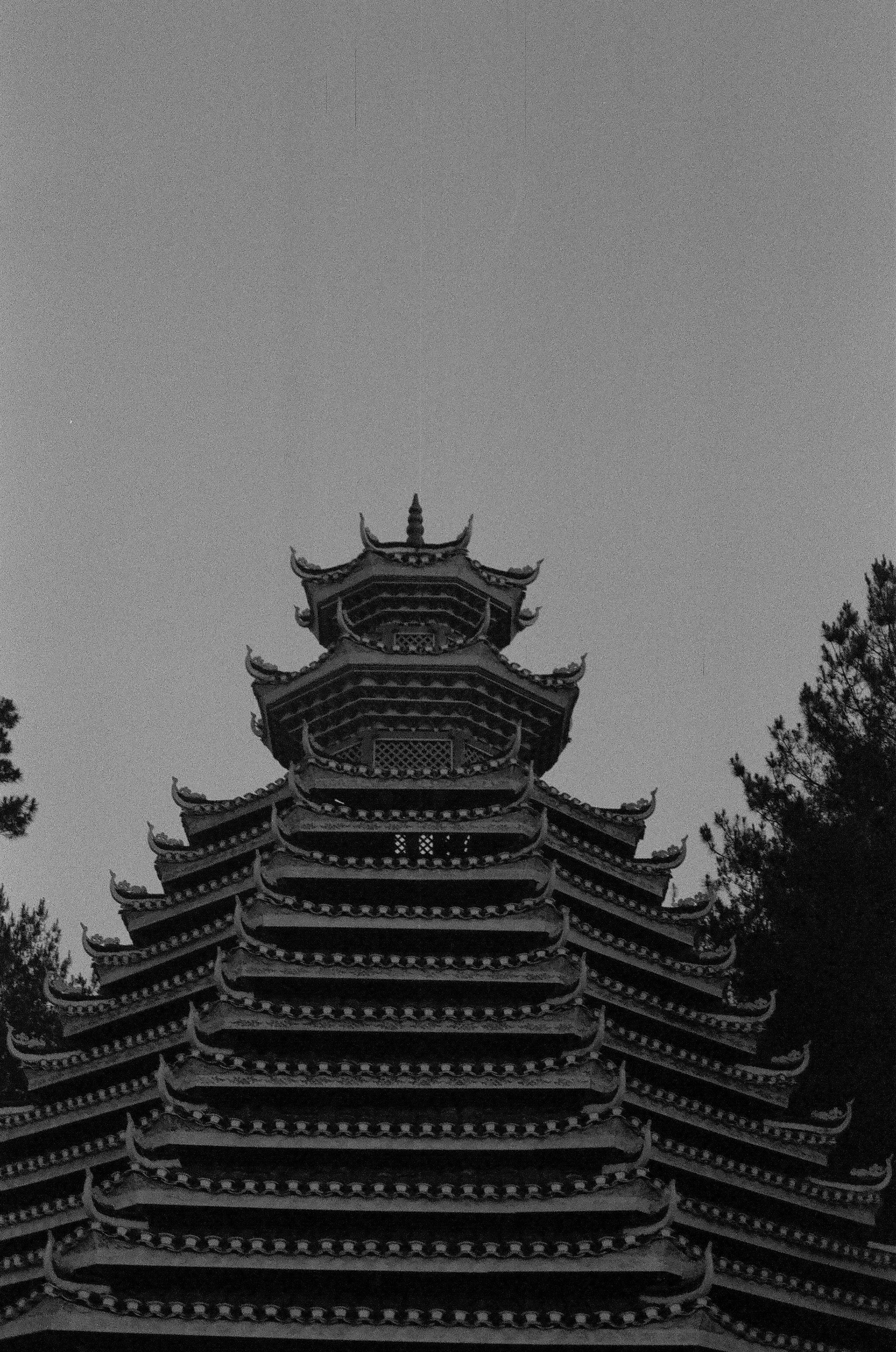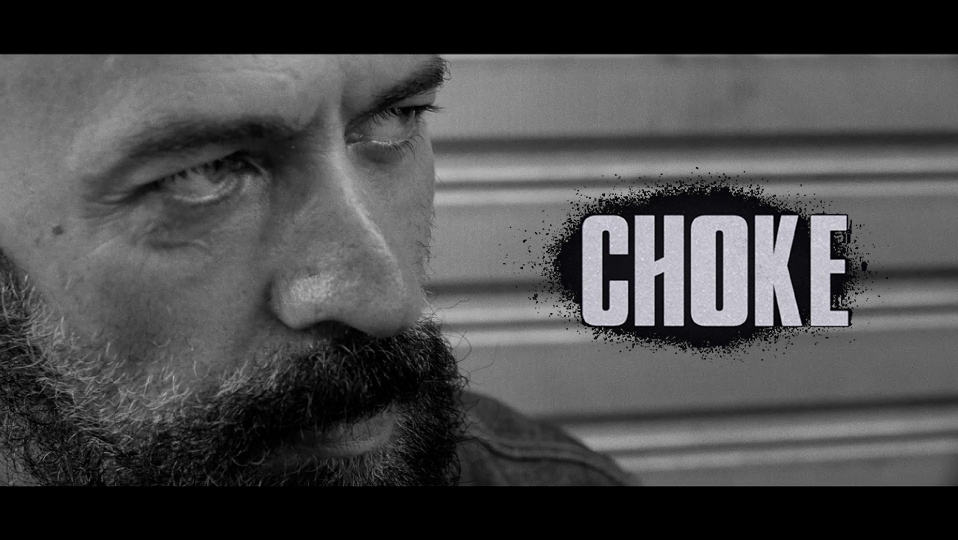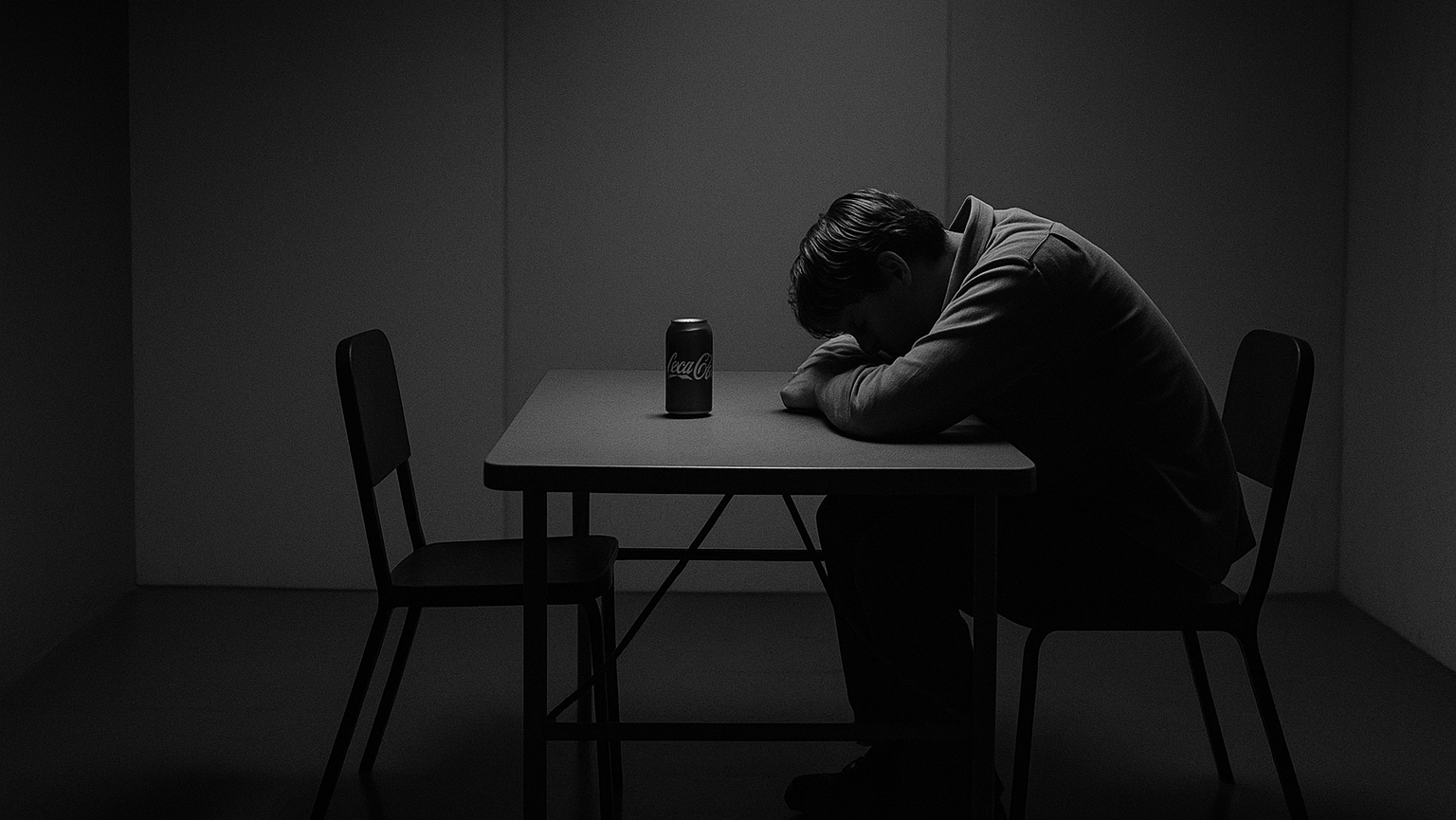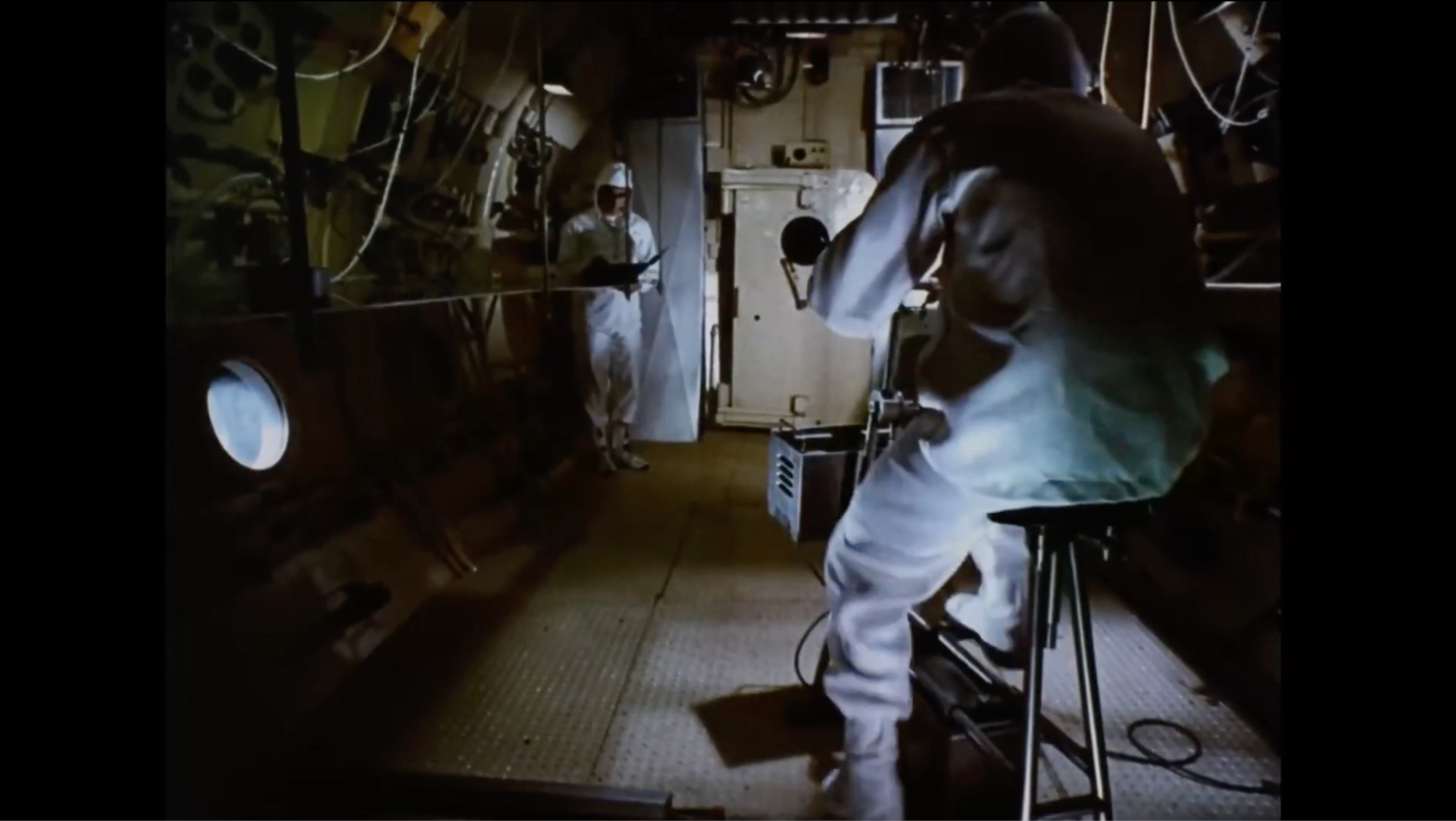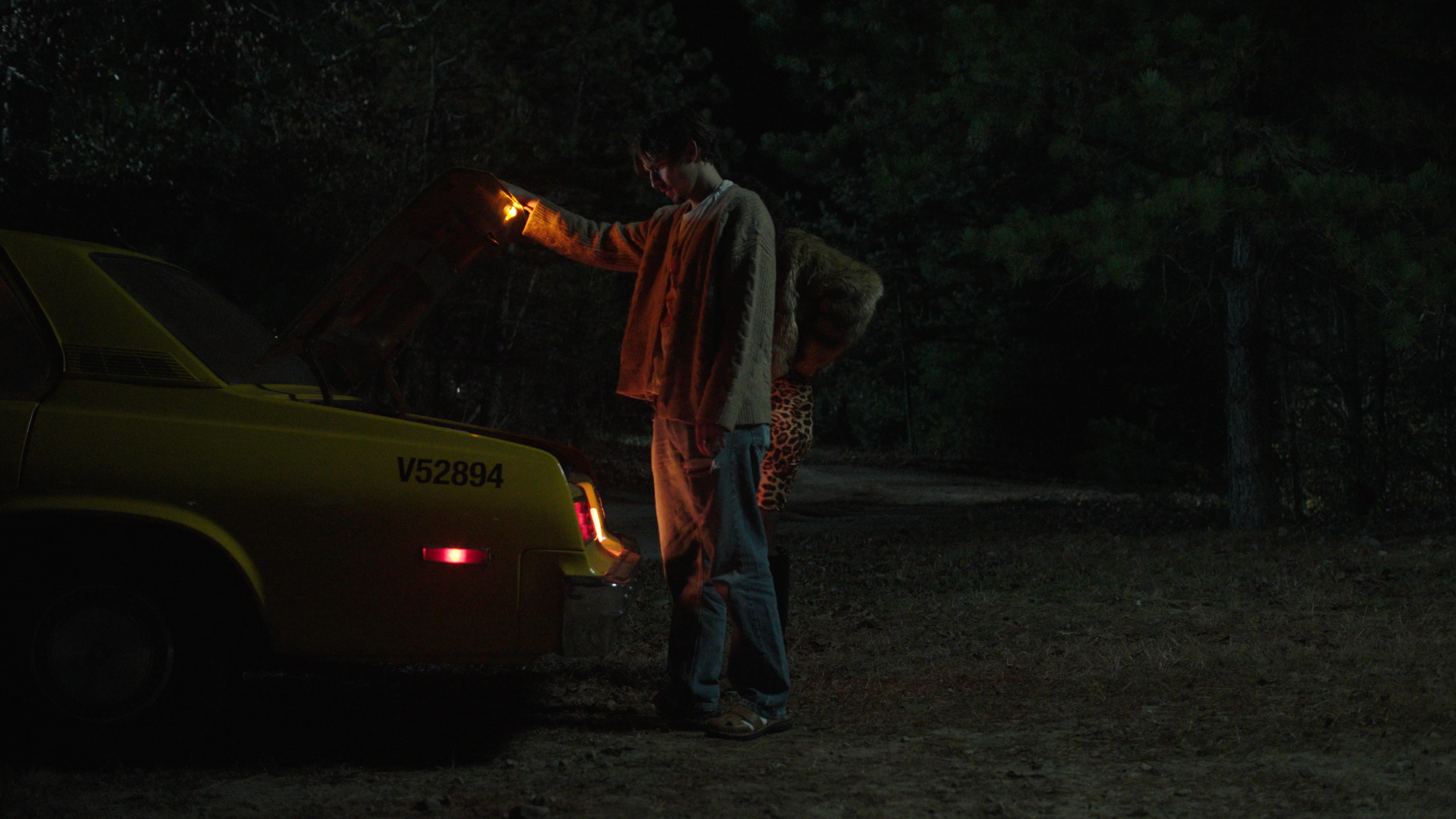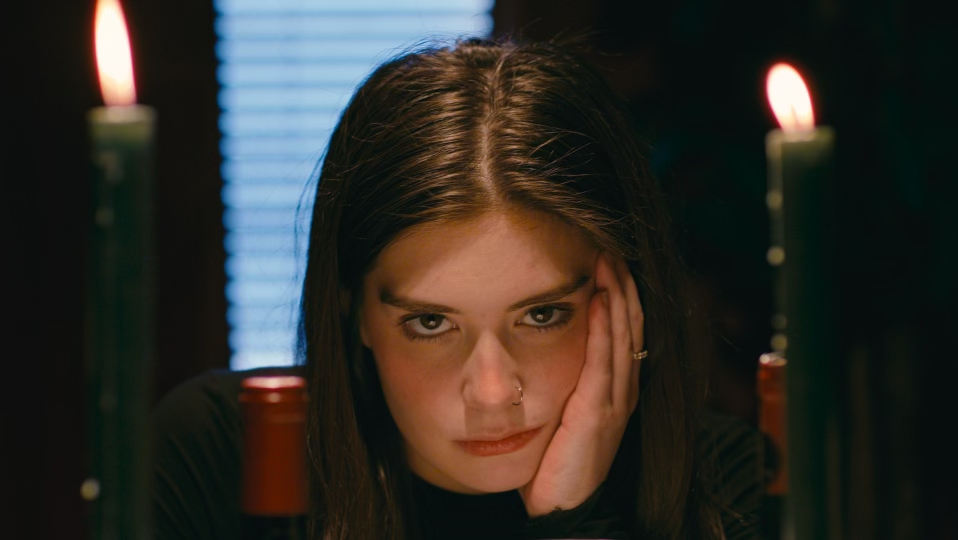LOGLINE:
A short documentary set in the heart of Anshun, Guizhou, China, where master craftsman Bao Bo carves centuries of culture into the faces of traditional Dixi opera masks, and in doing so, wrestles with the tension between artistic purity and survival.
A short documentary set in the heart of Anshun, Guizhou, China, where master craftsman Bao Bo carves centuries of culture into the faces of traditional Dixi opera masks, and in doing so, wrestles with the tension between artistic purity and survival.
STATUS: In Post Production
Coming soon...
BEHIND THE SCENES
This film was born through "Looking China", a three-week immersive program that gave us the opportunity to live, create, and explore a deeper, more personal side of China. While many may know the country through crowded cities and bright lights, I found myself in Anshun—a quiet, rural town largely untouched by tourism, where time seems to move slower and the roots of tradition still run deep.
This film was born through "Looking China", a three-week immersive program that gave us the opportunity to live, create, and explore a deeper, more personal side of China. While many may know the country through crowded cities and bright lights, I found myself in Anshun—a quiet, rural town largely untouched by tourism, where time seems to move slower and the roots of tradition still run deep.
There, I met Bao Bo. A woodcarver. A philosopher. A father. A man who welcomed me not just into his workshop, but into his life.
We spent five days together. I watched him carve centuries of culture into the face of Zhang Fei, a character of loyalty and strength. I met his family, shared tea with his friends, walked his streets, and listened—really listened—to what it means to be an artist when art alone doesn’t pay the bills. He told me that if he could, he wouldn’t sell a single mask. But he does. Because that’s life. Because the family needs to eat. Because being an artist means holding two truths at once: devotion and survival.
"When I carve him, I become him"
He also taught me about tea. Not in a ceremonial way, but in the way tea reflects life: its pace, its patience, its quiet strength. Some stories don’t need spectacle. Just truth.

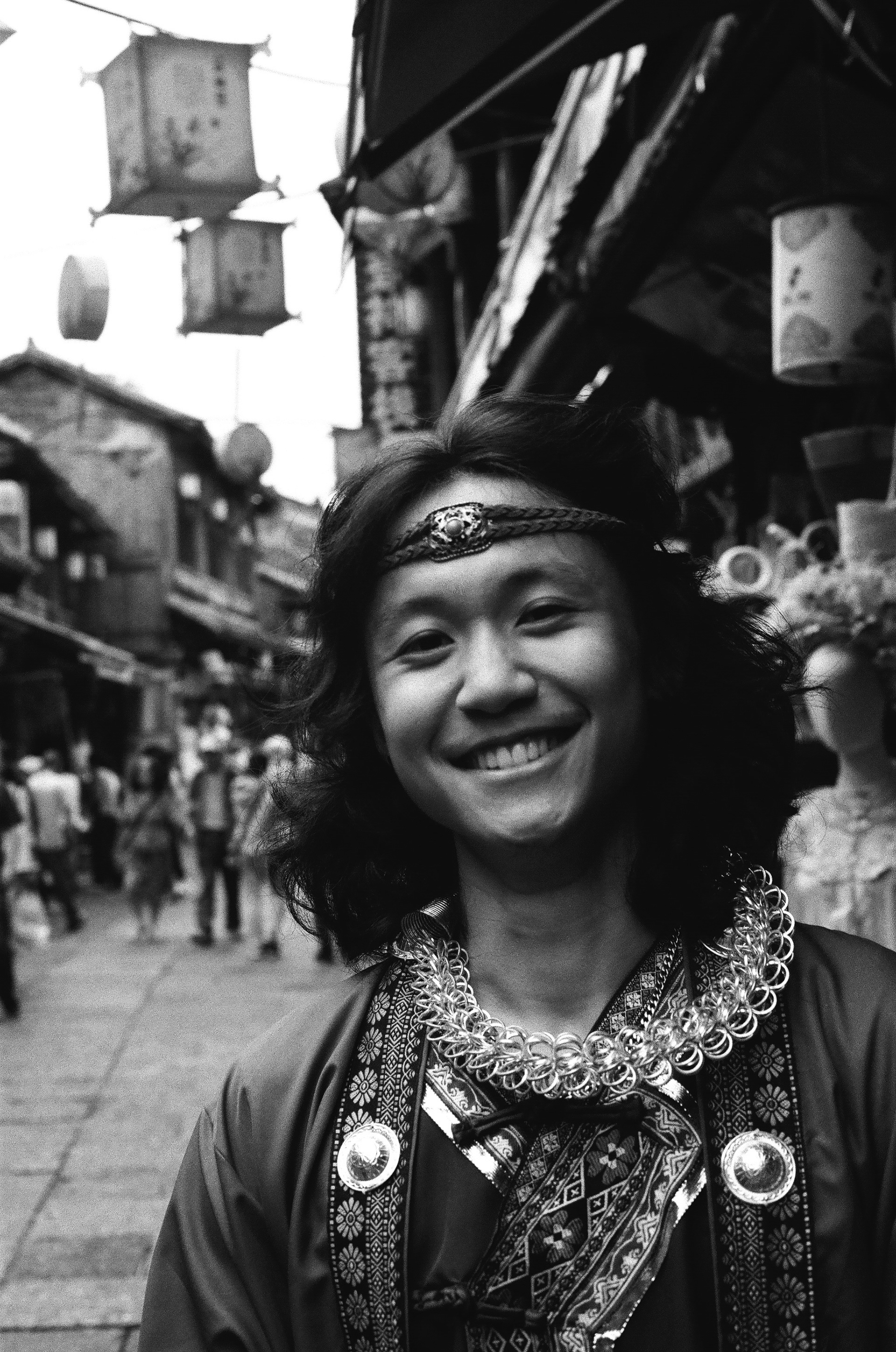

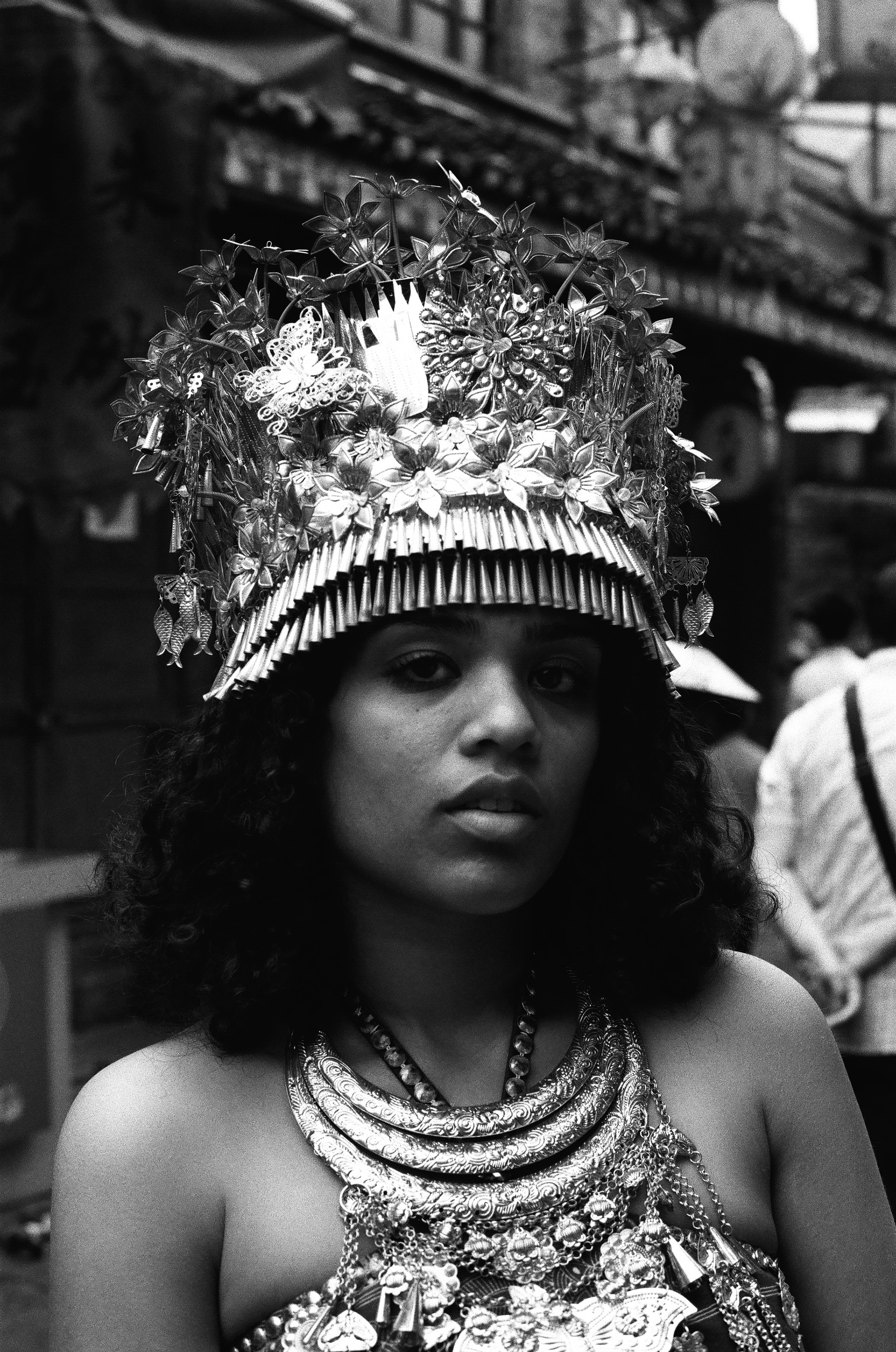

A child staring through a car window. A grandmother’s face, etched like a map. A young girl caught between ceremony and play. These were portraits of a place, but more importantly, portraits of presence.


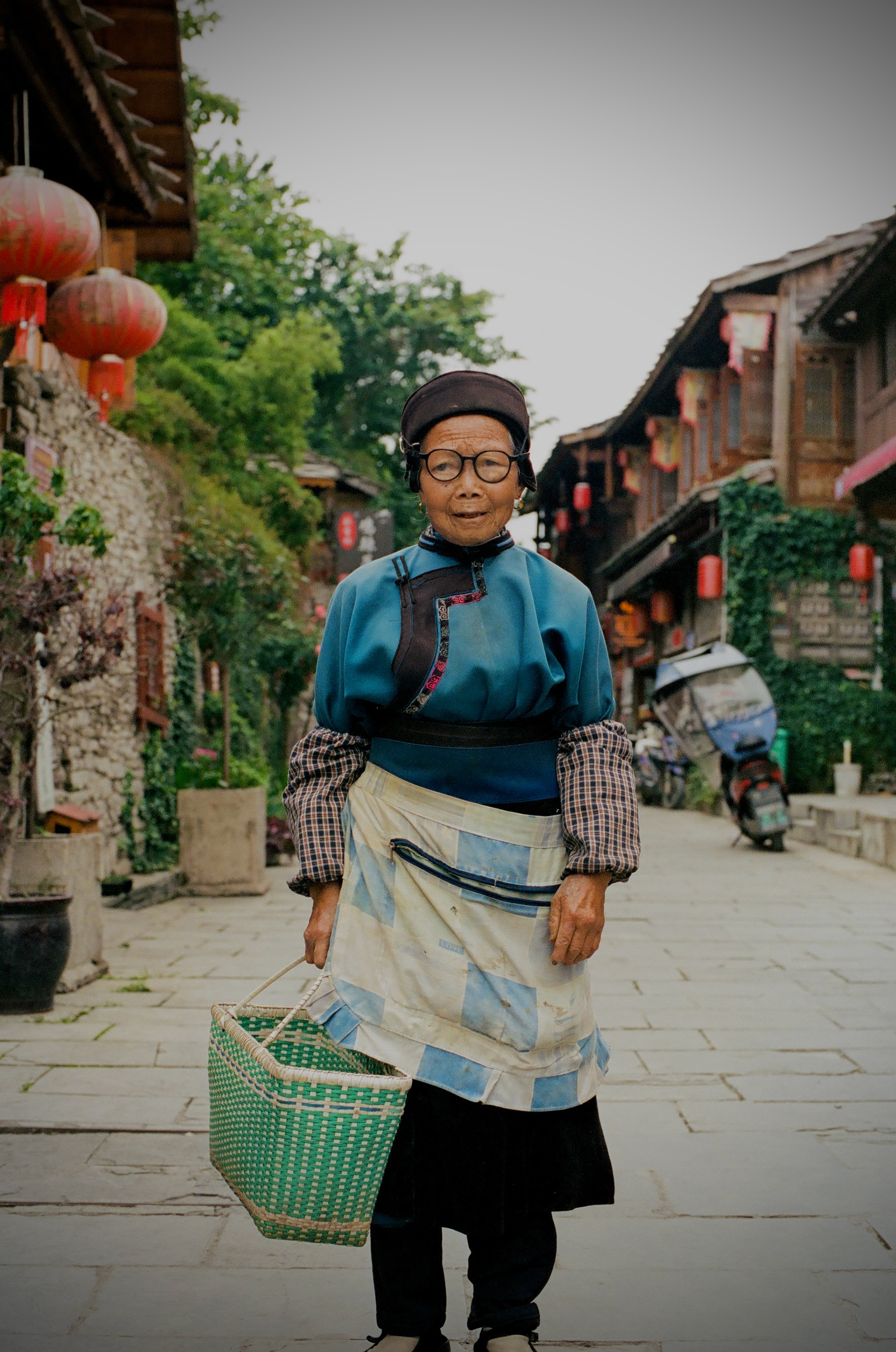
Photography
Shot on Kodak Portra 400 and SuperRollei 200, these photographs were taken during my time in Anshun and Guiyang, China
SUPERROLLEI 200
All black-and-white images in this set were shot on SuperRollei 200. I chose it for its contrast, fine grain, and its ability to strip a moment down to its emotional bones.
All black-and-white images in this set were shot on SuperRollei 200. I chose it for its contrast, fine grain, and its ability to strip a moment down to its emotional bones.
KODAK PORTRA 400
Every color photograph in this series was shot on Kodak Portra 400. Known for its soft grain, natural skin tones, and wide dynamic range, Portra brought warmth and balance to the more tender, personal frames. Especially in the streets of Anshun, where people wore their culture with pride and ease.
Vibrant, but not loud. Soft, but not dull.
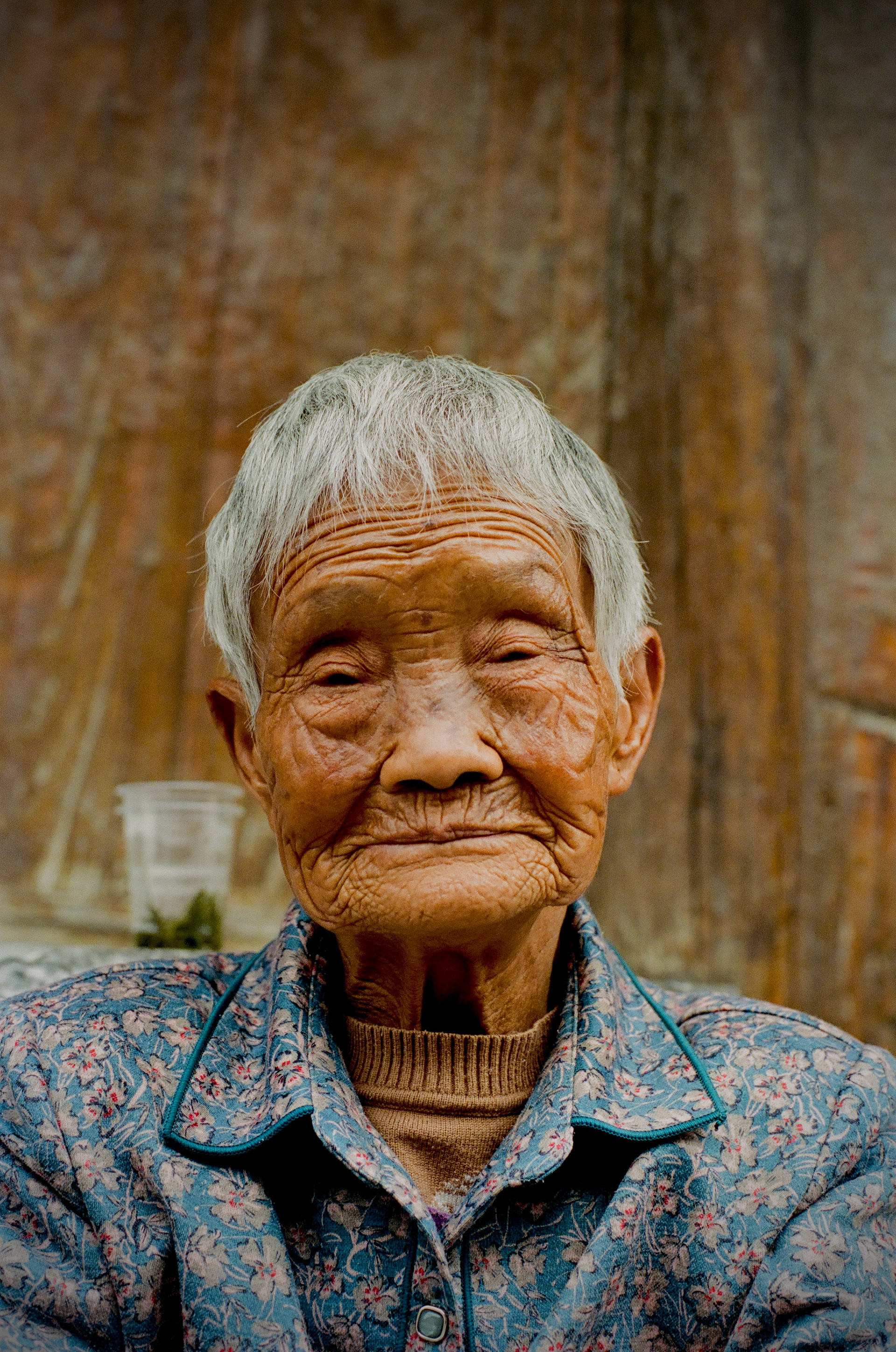
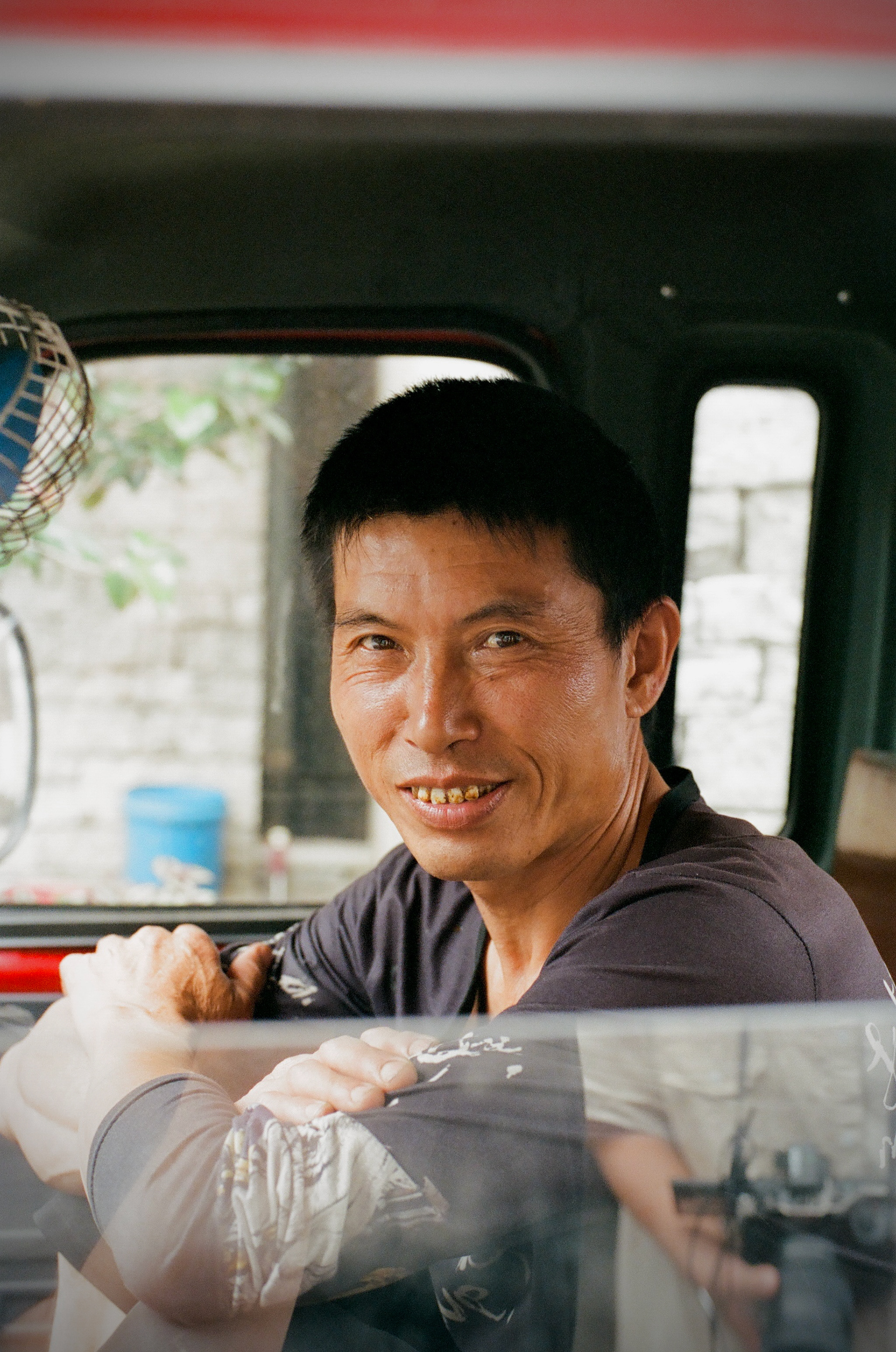

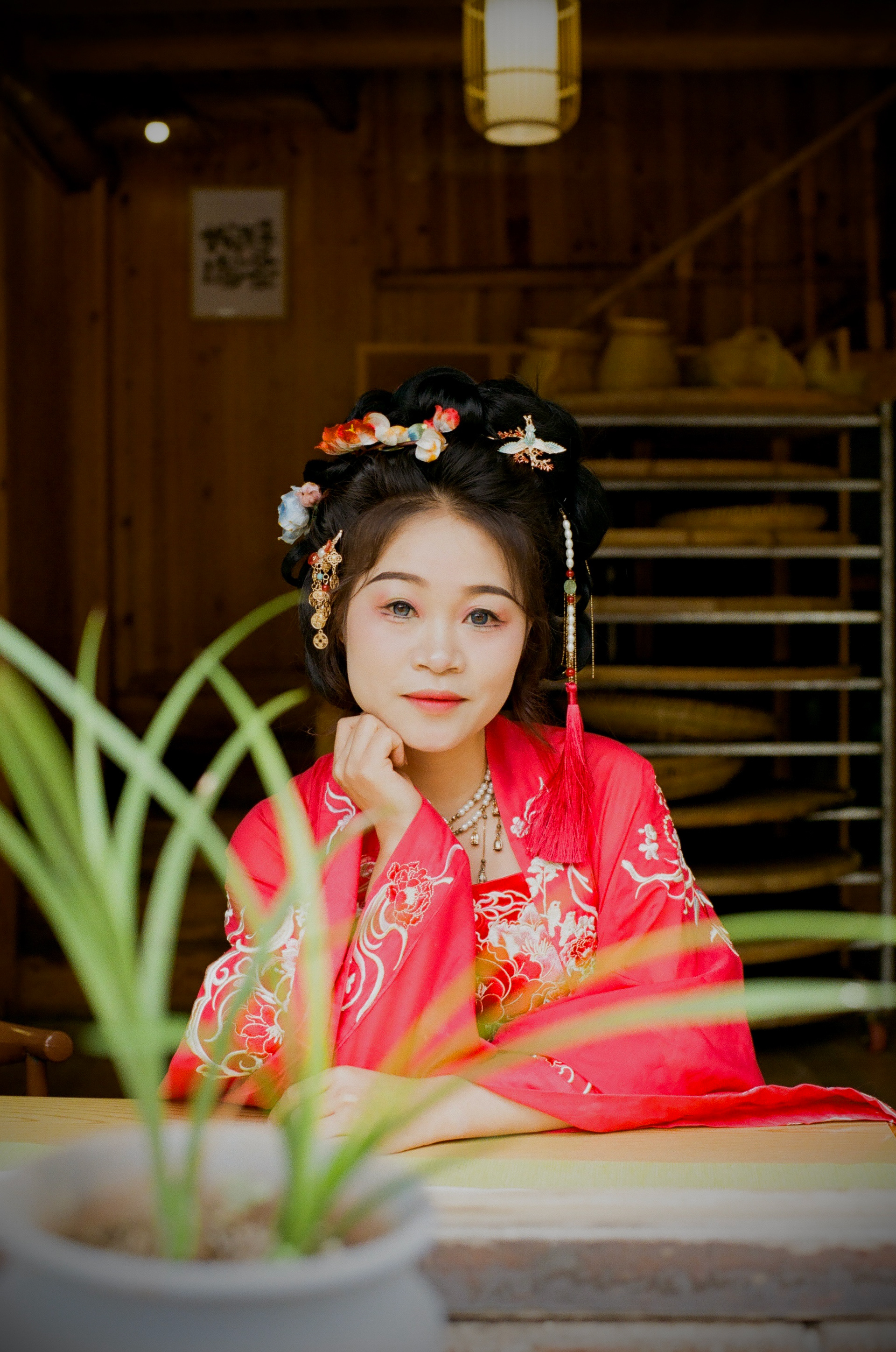
Portraits
Faces became the focus. Generations across time. Strangers who paused just long enough for me to see them clearly.
